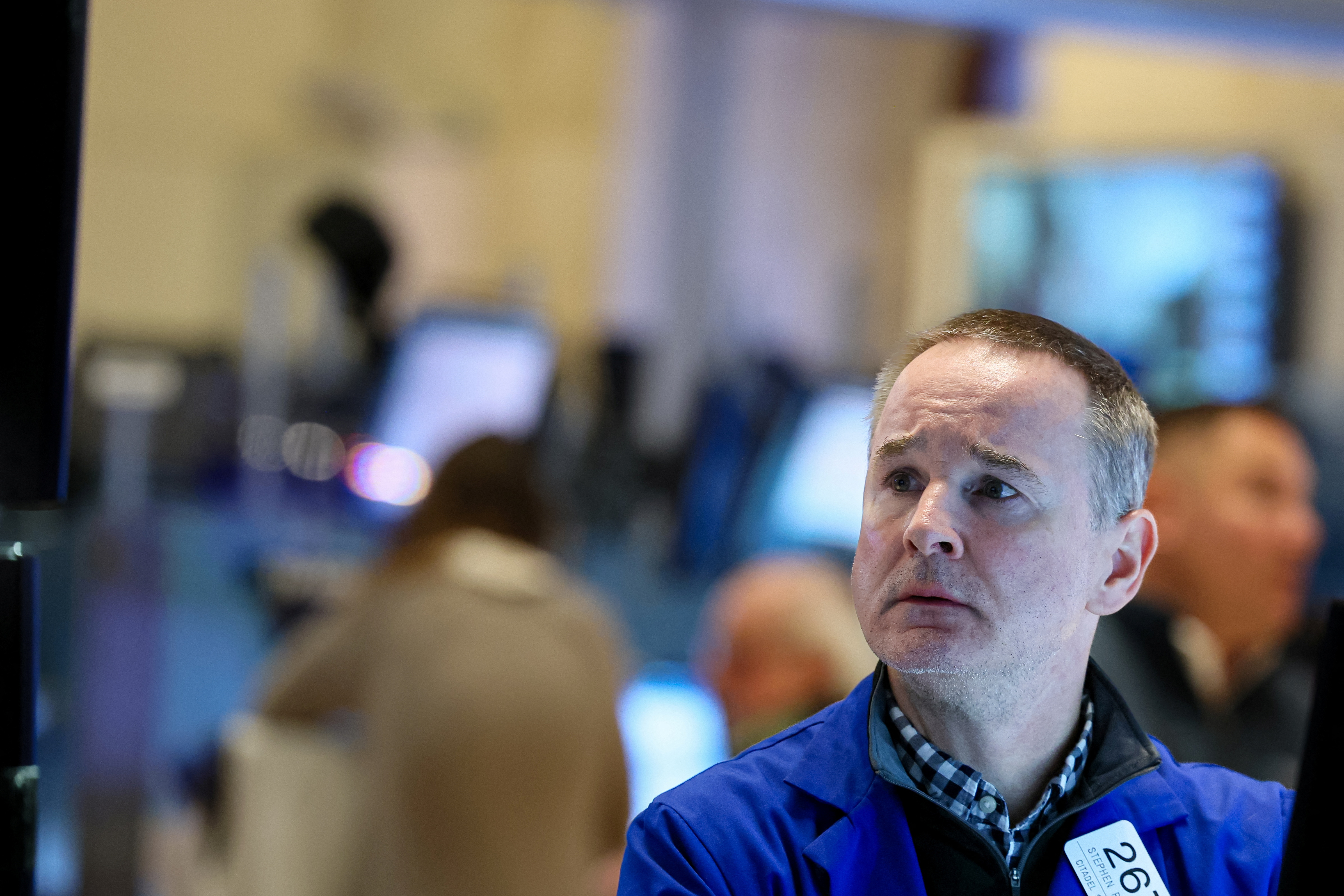
MSCI’S global equities seesawed on Friday after an earlier boost from encouraging inflation data faded as investors digested the figures, prepared for a likely U.S. government shutdown and adjusted portfolios for quarter-end.
Hardline Republicans in the U.S. House of Representatives on Friday afternoon rejected their leader’s proposed bill to temporarily fund the government, making it all but certain that federal agencies will partially shut down beginning on Sunday.
Underlying U.S. inflation pressures moderated in August, with the annual rise in prices excluding food and energy falling below 4.0% for the first time in more than two years – seen as welcome news for the Federal Reserve as it ponders the monetary policy outlook.
Earlier data also showed headline inflation in Europe rising more slowly than economist forecasts and at its lowest level in two years.
New York Fed President John Williams said the central bank is likely at or near peak rates but that he expects it will need to stay restrictive “for some time to fully restore balance to demand and supply and bring inflation back to desired levels.”
“What’s driving everything is interest rates, and what the Fed finally got markets to buy is that lower inflation is not a reason to lower interest rates,” said Robert Phipps, director at Per Stirling Capital Management, who saw the comments by Williams as the biggest drag on stocks on Friday as it reminded investors that rates will likely stay higher for longer.
On top of this, Phipps also cited end-of quarter portfolio adjustments, the prospect of a government shutdown, and an expansion of Detroit’s auto workers’ strikes as incentives for traders to sell shares going into the weekend.
Traders were betting on an 85.8% probability that the Fed would keep rates steady at its next meeting in November compared with an 80.7% probability on Thursday, according to the latest data from CME Group’s Fedwatch tool.
The Dow Jones Industrial Average (.DJI) fell 145.75 points, or 0.43%, to 33,520.59, the S&P 500 (.SPX) lost 7.56 points, or 0.18%, to 4,292.14 and the Nasdaq Composite (.IXIC) added 33.90 points, or 0.26%, to 13,235.17.
The pan-European STOXX 600 index (.STOXX) earlier closed up 0.38%. MSCI’s gauge of stocks across the globe (.MIWD00000PUS) gained 0.05% after earlier rising as much as 0.8% and falling as much as 0.2%.
In currencies, the dollar was still headed for its biggest quarterly gain in a year but it backed off 10-month highs giving the yen some breathing room as the Japanese currency remains under scrutiny for potential government intervention.
The yen weakened 0.09% versus the greenback at 149.42 per dollar. The dollar index , which measures the greenback against a basket of major currencies, fell 0.009%, with the euro up 0.11% to $1.0571.
Sterling was last trading at $1.2201, up 0.03% after data showed Britain’s economic performance since the start of the COVID-19 pandemic was stronger than previously thought.
U.S. Treasury yields slid after the inflation reading and were still lower with Benchmark 10-year notes down 2 basis points to 4.577%, from 4.597% late on Thursday. The 30-year bond was last down 1.1 basis points to yield 4.7181%, from 4.729%. The 2-year note was last was down 2.1 basis points to yield 5.0498%, from 5.071%.
In energy, oil prices were mixed on Friday in a volatile trading session due to macroeconomic concerns and profit-taking, but were set to rise about 30% in the quarter as OPEC+ production cuts squeezed global supply.
U.S. crude settled down 1% at $90.79 per barrel and Brent ended at $95.31, down 0.07% on the day.
In precious metals, gold prices extended declines on Friday and were on track for monthly and quarterly declines on expectations that the U.S. central bank may keep interest rates higher for longer.
Spot gold dropped 0.9% to $1,847.99 an ounce. U.S. gold futures fell 0.77% to $1,846.00 an ounce.
The post Global stock index waver as data boost fades, shutdown and quarter-end in focus first appeared on The News And Times – thenewsandtimes.com.
